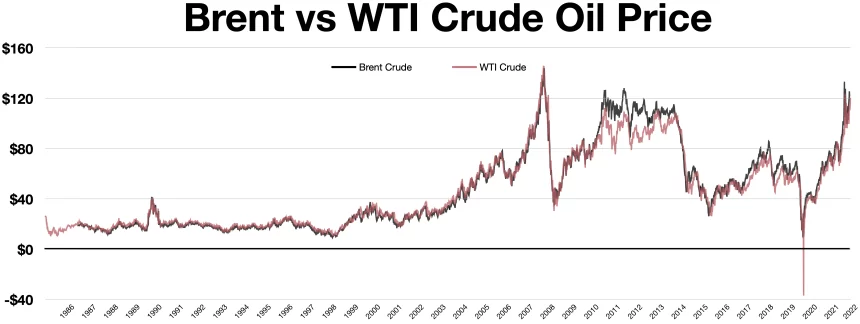WTI crude oil futures are now trading at $74 per barrel. This is a significant increase from their recent low of $71.90 per barrel set on August 21, which was a seven-month low.
The sharp rise in oil prices coincides with growing concerns about global demand for energy and changing market dynamics.
The increase in prices highlights the volatility of the market and the uncertainty that surrounds future supply and demand.
The drivers behind the rise in crude oil prices
Several factors are responsible for the recent increase in WTI crude prices.
The speculation about the future actions of OPEC+ in regards to output cuts is a significant element.
OPEC+ is considering phasing-out its production cuts by the fourth quarter this year despite a weak global energy market.
The potential postponement is fueling fears about a reduced oil supply by key exporting countries.
Market sentiment has also been shaped by the expectations surrounding Federal Reserve chair Jerome Powell’s upcoming remarks.
Powell’s recent hints that the Federal Reserve intends to maintain the federal fund rate at a high-level of 5.25%-5.50% through July 2024 has contributed to the current outlook.
His comments about progress towards the 2% inflation goal, while not fully realized, have added complexity to economic landscape and influenced global oil markets.
Declining fuel consumption trends?
Looking at the global fuel consumption data, we can see a trend of declining consumption that contributes to the current market dynamics.
Recent S&P PMI surveys indicate a sharper-than-expected drop in US manufacturing activity for August.
This decline, along with similar trends in major energy-consuming nations, highlights a pessimistic view on energy consumption.
The contraction of Purchasing Managers’ Indexes (PMIs), and the slowing of industrial output rates worldwide, are further evidence that fuel demand is decreasing.
Ship-tracking data from July shows a reduction in fuel supply within China, which adds to concerns about future energy requirements.
These indicators indicate a challenging environment in the energy sector and exacerbate the uncertainty on the oil market.
Crude oil price impact global markets
The recent rise in WTI crude prices reflects an unstable balance between supply and the demand on the oil market.
Investors and traders adjust their strategies to reflect the changing economic indicators and industry reports.
The price stability and market sentiment could be further affected by the potential delay in OPEC+ plans to phase out production cuts.
The broader implications of the weaker fuel demand, especially from major energy consumers like the United States and China are also highlighted.
The decline in manufacturing and lower industrial output indicate a potential economic downturn with repercussions that go beyond the energy sector.
Investors face a complex picture due to the intricate interplay between energy demand, supply dynamics and broader economic trends.
As they navigate through these challenges, the impact that fluctuating oil prices have on future economic forecasts and investments will be critical.
The surge in WTI crude prices above $74 per barrel highlights a period of considerable uncertainty and adjustment on global energy markets. The interplay between economic indicators, supply concerns, and market expectations continues shape the trajectory of oil price and its impact on the broader economies.
This post WTI crude futures surpass $74/Bbl – What’s driving the price increase? This post may be updated as new information unfolds
This site is for entertainment only. Click here to read more






